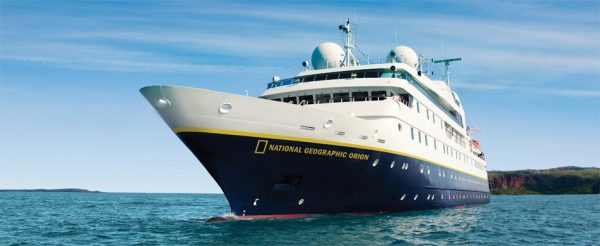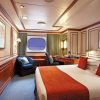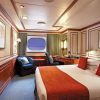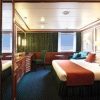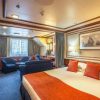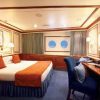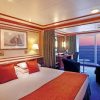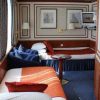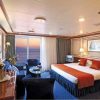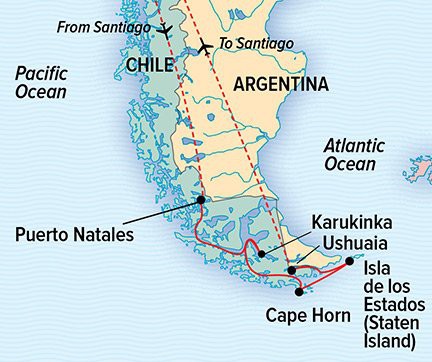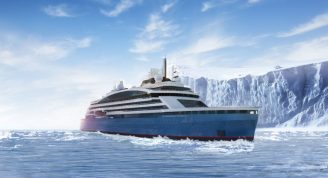Description
This carefully curated expedition offers the peak experiences of Patagonia and its surrounding environs in a compact timeframe. Discover the fjords, glaciers, and panoramic vistas that make Chilean Patagonia one of the most lauded nature destinations on Earth. Exposing you to the ‘best of’ highlights, like the stunning Beagle Channel, massive glaciers and snowcapped peaks, this perfectly-paced voyage also brings you into the seldom-seen natural splendors of natural parks Yendegaia and Karukinka. Cap off your expedition by exploring Argentina’s rugged, seldom-seen Isla De Los Estados (Staten Island), a land of mythic wildness that has been largely off limits to travelers since 1923.
Venture into incredible wildlife reserves for up-close exploration
Tuck deep into fjords and venture into seldom-explored channels that are only accessible by expedition ship. Here you’ll discover the bright blue glaciers and near-mythic wildness. Explore vast areas of snowcapped mountains, gigantic glaciers, thousands of islands covered with vegetation, lakes, soaring granite walls, and waterfalls provides days of spectacular adventure. And through our worldwide network of friends, we’ve arranged to explore private wildlife reserves to see the famous guanacos and rheas of the Patagonian steppes and Andean condors soaring overhead. Look for Magellanic penguins, albatrosses, grebes, petrels, fulmars, shearwaters, and more.
Explore Argentina’s seldom-seen Isla de los Estados
By special permission, our ship will call at Isla de los Estados, a wild island largely untouched by humans in decades, it has only a naval outpost with four guardians. Walk its wild beech forests, look for penguins, see the 1884 San Juan de Salvamento “lighthouse at the end of the world,” which inspired Jules Verne’s novel by the same name, plus explore the ruins of a penal colony. And, conditions permitting, explore a very rarely seen archeological site where native people lived 1,500 years ago.
Actively explore: Hike, kayak & Zodiac cruise
You’ll get out on adventures often in Patagonia, sometimes twice a day. Explore the towering fjords by Zodiac and kayak; hike to the terminus of massive glaciers; walk the spongy, vegetation-covered ground surrounded by the immensity of a wild pristine landscape. Because Explorer has a fleet of both Zodiacs and kayaks, the entire expedition community can embark at once on forays, no waiting around for returning parties. You’ll have a choice of activities each day, and the option to join any naturalist whose interests mirror yours. Your choices also include opting to enjoy the view from the all-glass observation lounge, the library, or the chart room. To visit the fitness center with its panoramic windows, or ease into the sauna, or have a massage in the wellness center.
Take advantage of superb photo ops
You’ll have a National Geographic photographer as your traveling companion, to inspire you and provide tips in the field. And the services of a National Geographic certified photo instructor, as well–to help you turn your point-and-shoot camera into an aim & create. You’ll find no end of subjects, and the help you need to return home with your best photos ever.


